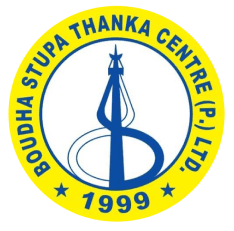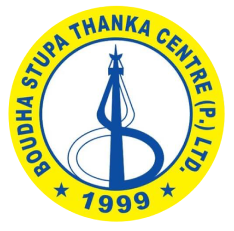Chakrasamvara, also known as "The Holder of the Wheel of Supreme Bliss," is a tantric Buddhist deity that is widely revered and worshiped in Vajrayana Buddhism. The deity is often depicted as a fierce, wrathful figure with multiple heads and arms, holding various symbols of power and protection in traditional tibetan Chakrasamvara thangka paintings.
One of the key features of Chakrasamvara is his depiction as a yab-yum figure, meaning he is often shown in union with his consort, Vajravarahi. Together, they represent the union of wisdom and compassion, and the attainment of spiritual realization through the practice of tantra. Chakrasamvara thangka painting is a meditational aid for those practicing tantric Buddhism.
Chakrasamvara's multiple heads and arms are said to symbolize his ability to simultaneously perceive and act upon the various realms of existence. His fierce expression and weapons are meant to represent his ability to overcome obstacles and obstacles in the pursuit of spiritual enlightenment.
Chakrasamvara's practice is said to be particularly effective for those who have a strong inclination towards tantra and desire to quickly attain enlightenment. The practice is said to be very powerful and can bring about a profound realization of the nature of mind and reality. Chakrasamvara's practice involves the visualization of oneself as the deity, recitation of mantras, and the performance of various rituals and offerings.











































